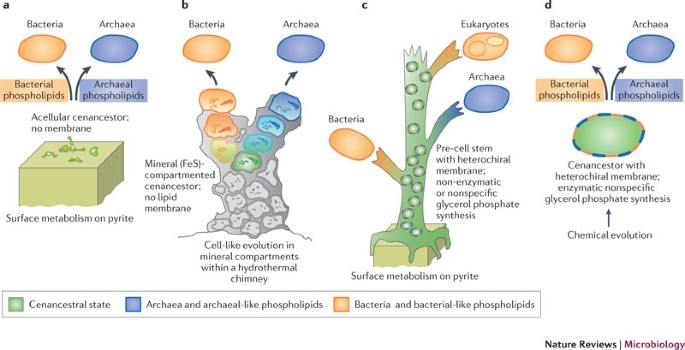Lipids Play Evolutionary Role Alongside DNA, Proteins
Why in the News ?
A recent study by CSIR-CCMB Hyderabad reveals that lipids are not just structural components but have actively co-evolved with proteins, influencing cell function and health. This breakthrough challenges conventional understanding and opens new avenues in biomedical research.
Evidence of Lipid-Protein Co-evolution
- The study compared plant and human mitochondrial lipids, focusing on a lipid called cardiolipin.
- Plant lipids, rich in polyunsaturated fatty acids, had kinkier tails than animal lipids, allowing greater flexibility.
- When plant lipids were introduced into human cells, the RCI structure disintegrated, proving kingdom-specific compatibility.
- This suggests lipids evolved alongside proteins, shaping organism-specific cellular environments.
Implications for Health and Future Research
- The findings may lead to better drug design, especially for lipid-targeting drugs like statins.
- Lipids also play roles in pathogen entry, potentially aiding infectious disease research.
- However, lipid study tools lag behind; their complexity and environmental variability demand advanced biochemical methods.
- A paradigm shift is needed in both scientific education and research focus on lipid biology.
Lipids: More Than Structural Supports●Traditionally, lipids were seen as passive “packing material” for proteins in cell membranes. |




